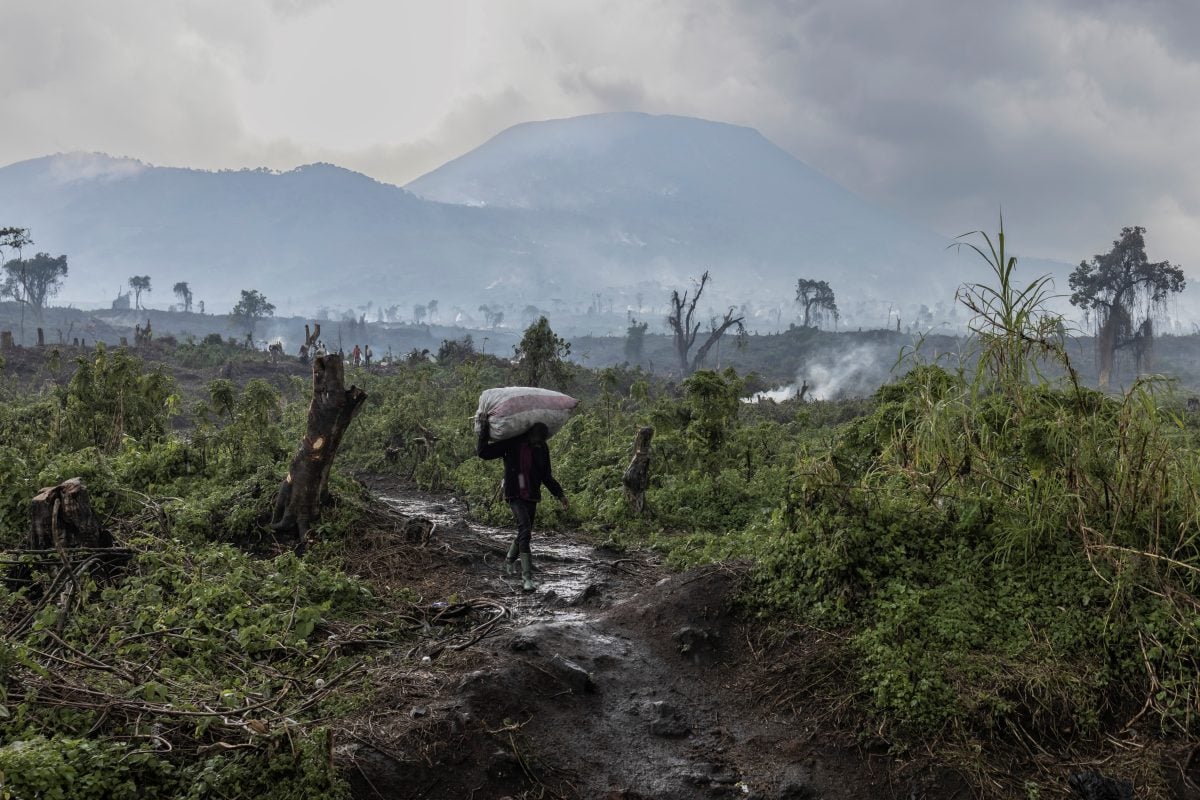As the climate crisis intensifies and public budgets tighten, the world’s ability to finance a just, low-carbon transition increasingly hinges on the mobilisation of private capital. Yet current climate finance instruments are not delivering at the scale or equity required. To close the $2.4 trillion annual financing gap for climate-related needs in emerging and developing economies, we must re-examine the financial instruments at the heart of the global climate finance architecture.
Concessional finance is declining from 57% to 47% of public climate finance between 2018 and 2022 yet the shift toward private capital is lagging. In 2021, private finance accounted for just $14.4bn of the $89.6bn in total climate finance flows. Worse, in Africa, private investment in adaptation was just 3% of total climate finance – a glaring mismatch given the scale of need.
Among the most underused yet highly efficient instruments in climate finance are project-based guarantees. Unlike concessional loans or grants that require immediate budgetary outlays, guarantees function as contingent liabilities preserving scarce public capital while mobilising significantly larger volumes of private finance.
Their effectiveness lies in five distinct advantages. First, they reallocate risk to those best able to bear it typically multilateral or public institutions by absorbing political, regulatory, or credit risks that deter private capital. Second, they enhance borrowers’ credit standing, lowering borrowing costs and improving project viability, especially for long-gestation infrastructure. Third, by absorbing first-mover risk, guarantees help create new markets. Fourth, they serve as powerful countercyclical tools, sustaining investment flows during downturns by lowering perceived risk and maintaining credit access. Fifth, they offer strong leverage often achieving ratios of 4:1 or more unlocking far greater investment per unit of public risk exposure. In a constrained fiscal environment, their ability to blend with loans, equity, and insurance makes guarantees a uniquely flexible and impactful tool for climate finance.
By reducing credit and political risk, project-based guarantees make high-risk projects investable. Their flexibility allows integration with loans, equity, and insurance enhancing project structures across contexts. Guarantees can mobilise up to five times more capital, reduce borrowing costs through credit enhancement, and catalyse markets otherwise inaccessible due to high real or perceived risks. When used effectively, they act as credit enhancers and risk absorbers especially critical for adaptation focused projects in fragile or underdeveloped markets. Unlike concessional loans or subsidies, guarantees transfer risk without requiring upfront disbursement, offering higher leverage and closer alignment with climate outcomes. They disaggregate risk, enhance creditworthiness, and amplify limited public capital. They also help create new markets and act as countercyclical tools during downturns.
Guarantees are underused
Yet guarantees remain underused with just 4% of MDB climate finance portfolios compared to nearly 70% for loans and are concentrated in richer countries. Guarantees today are mostly deployed in mitigation sectors, with adaptation receiving only 9% of private flows globally. Only 13% of guarantees issued between 2016 and 2022 were climate-related; just 3% targeted adaptation. This skews finance toward revenue-generating mitigation projects, sidelining adaptation. The result is a lopsided finance landscape. In Africa, for instance, adaptation receives just 32% of total climate finance. Political risk, regulatory uncertainty, and weak financial ecosystems deter investment in climate-vulnerable countries – especially low-income nations and Small Island Developing States.
The underuse of guarantees is structural: constrained by institutional inertia, rigid capital rules, and fragmented deployment. Adjusting capital adequacy frameworks to reflect their lower risk profile could unlock trillions in MDB headroom without raising debt ratios. Guarantee design also matters: high fees can undercut their appeal, but when priced right, they reduce borrowing costs and boost credit ratings. The message is clear: when risk perception, not project fundamentals, is the constraint, guarantees are most effective. Scaling and simplifying their use should be a top priority for closing the climate finance gap.
To maximise their impact, guarantees must be standardised, simplified, and explicitly aligned with climate priorities. This means adopting risk-based pricing, flexible coverage ratios, and faster, more predictable deployment. Local currency guarantees are essential in countries with volatile exchange rates to reduce currency risk. For investors, guarantees should be integrated into a broader risk management strategy—supported by due diligence, co-financing, and clear performance metrics. For project developers, guarantees must be built into financial models and bankability assessments. Yet many in low-income countries lack this technical capacity, underscoring the need for targeted advisory support and structured public-private risk-sharing arrangements.
Rethinking climate finance
Unlocking the full potential of guarantees requires three reforms: better capital treatment, simpler product design, and stronger deployment capacity. First, MDBs and donors must adopt risk-weighted capital frameworks that reflect the lower risk profile of guarantees—freeing up balance sheet space and enabling greater use of blended finance. Second, guarantee products must be streamlined and standardised across institutions, with flexible pricing and coverage that respond to project needs. Third, many developers in low-income countries lack the expertise to structure viable, bankable projects. This makes technical assistance and public-private risk-sharing mechanisms essential. Capacity-building must be embedded in guarantee programs, and MDBs should disclose risk performance data to strengthen investor trust. Guarantees must become central – not peripheral – to the global climate finance toolkit.
If we are to close the climate finance gap, we must rethink not just how much capital is mobilised, but how it is mobilised. Project-based guarantees are not a silver bullet, but they are among the most powerful, efficient, and underleveraged tools available. They unlock private investment without draining public budgets, transfer risk without distorting markets, and enable capital to flow into places and sectors that need it most particularly adaptation in vulnerable economies. Therefore, guarantees should no longer sit on the margins of climate finance they must be placed at its core. The credibility of the global financial architecture and the viability of a just transition depends on whether we can shift from pledges to instruments that deliver. Project-based guarantees offer a clear path forward. It’s time to scale them.
Want to continue reading? Subscribe today.
You've read all your free articles for this month! Subscribe now to enjoy full access to our content.
Digital Monthly
£8.00 / month
Receive full unlimited access to our articles, opinions, podcasts and more.
Digital Yearly
£70.00 / year
Our best value offer - save £26 and gain access to all of our digital content for an entire year!


 Sign in with Google
Sign in with Google 



